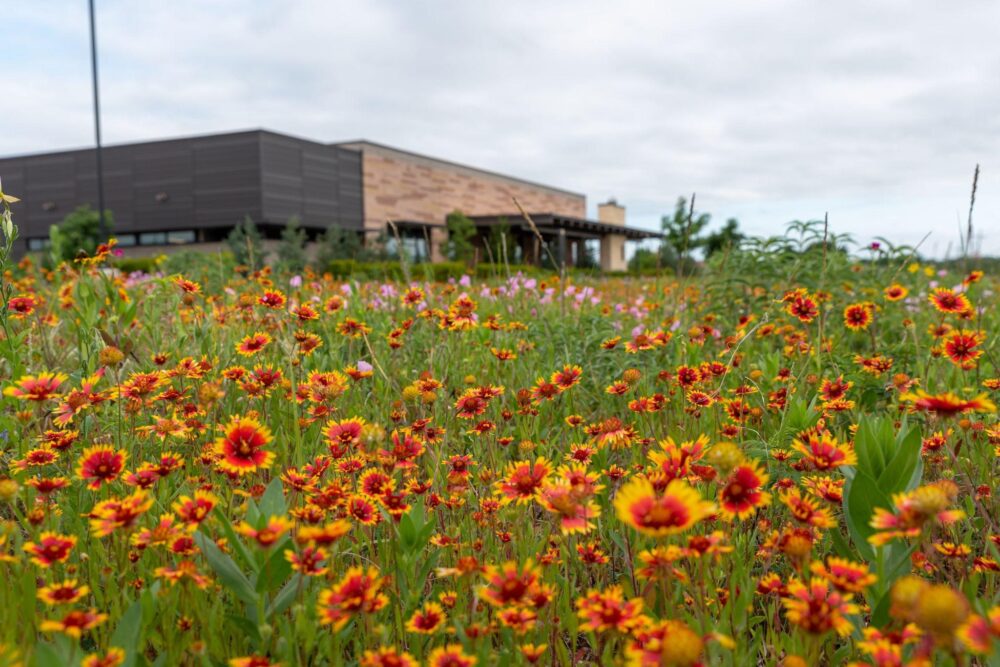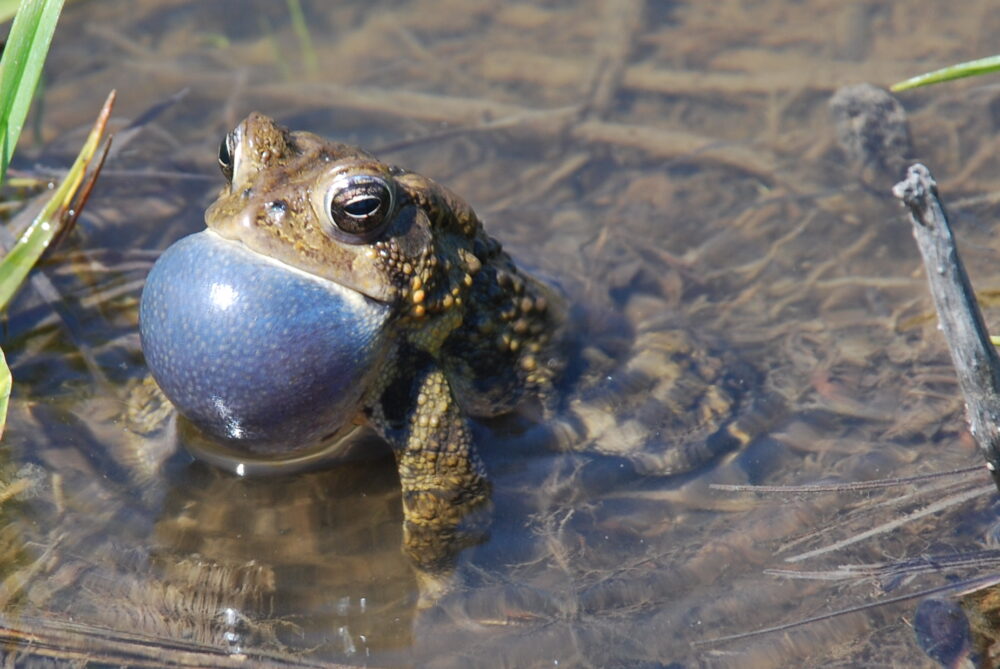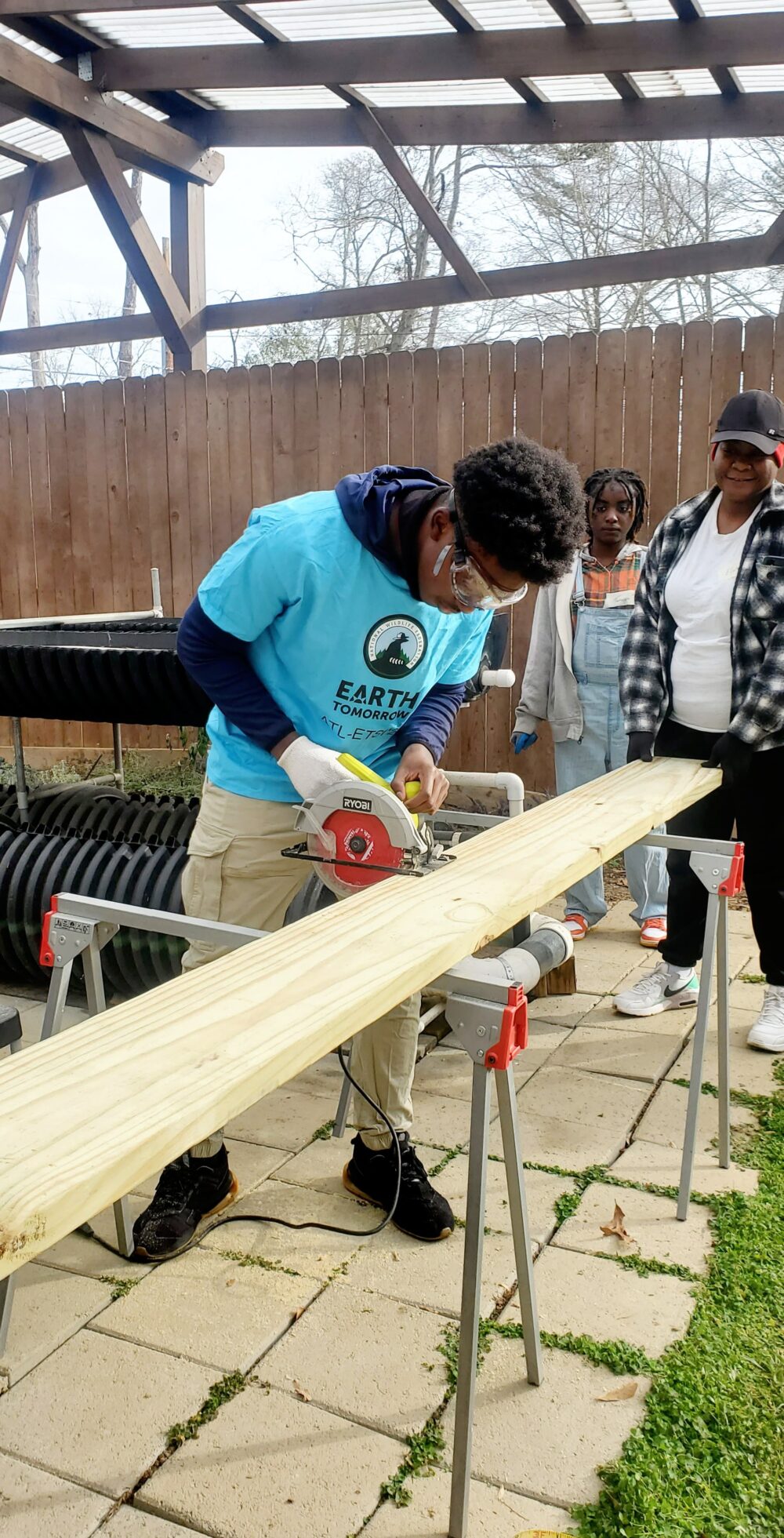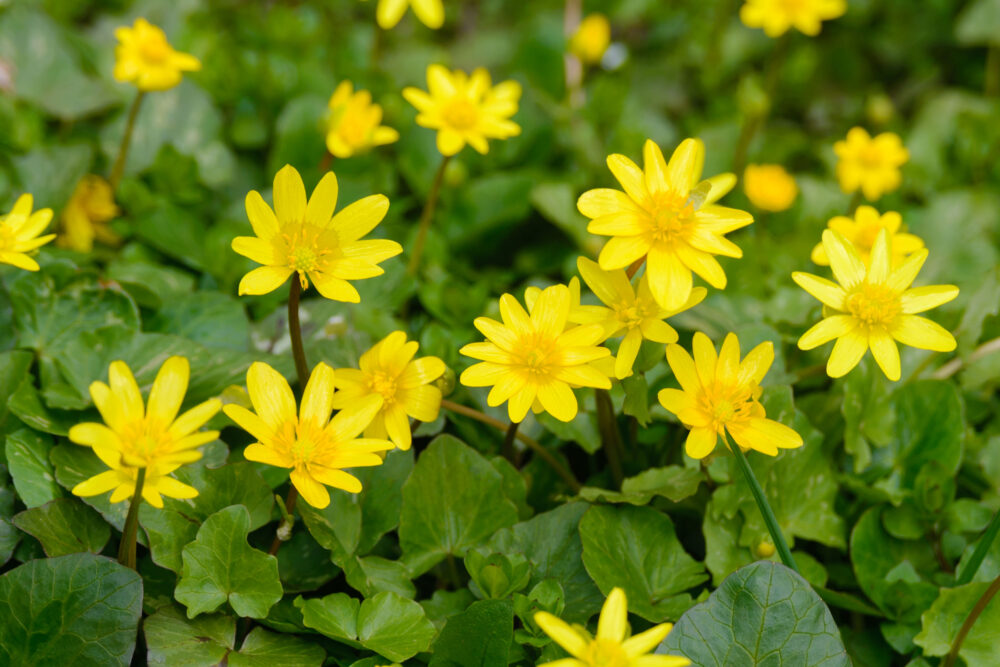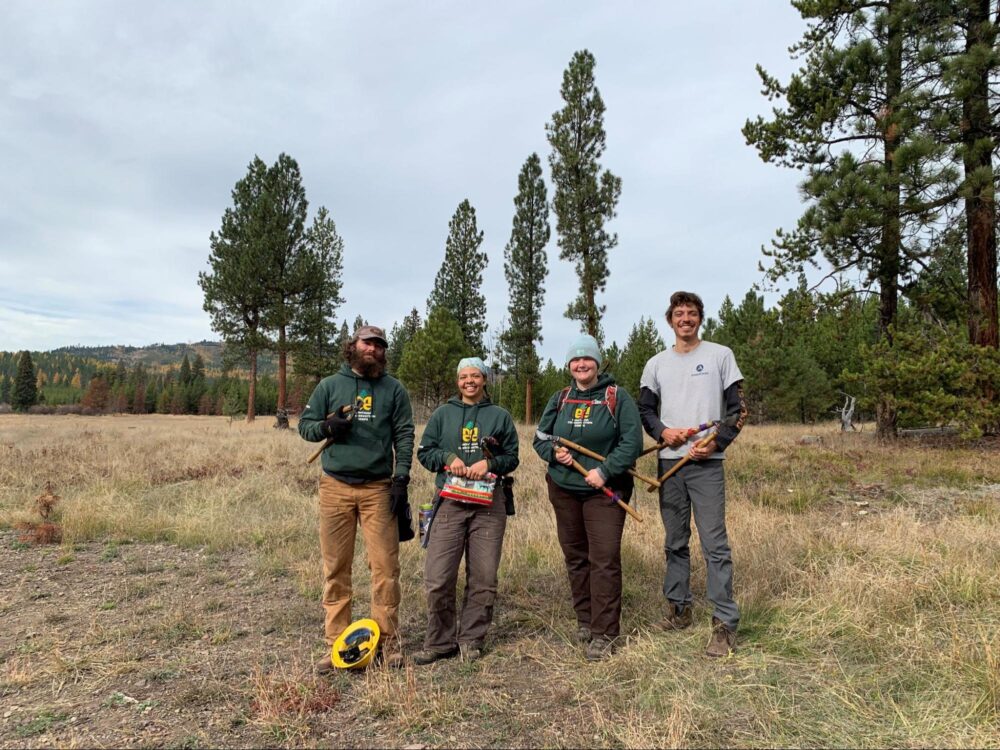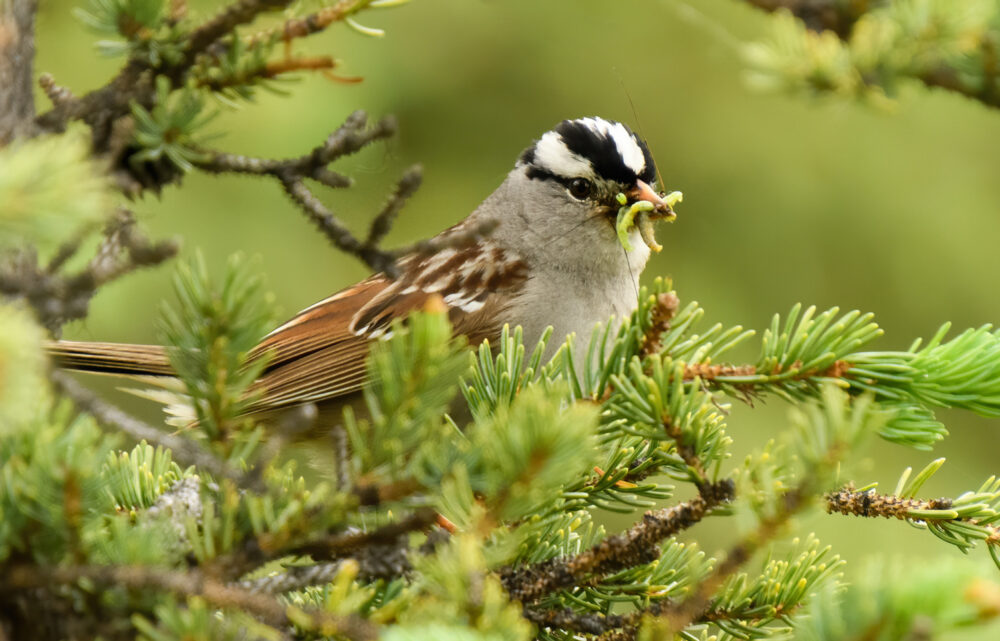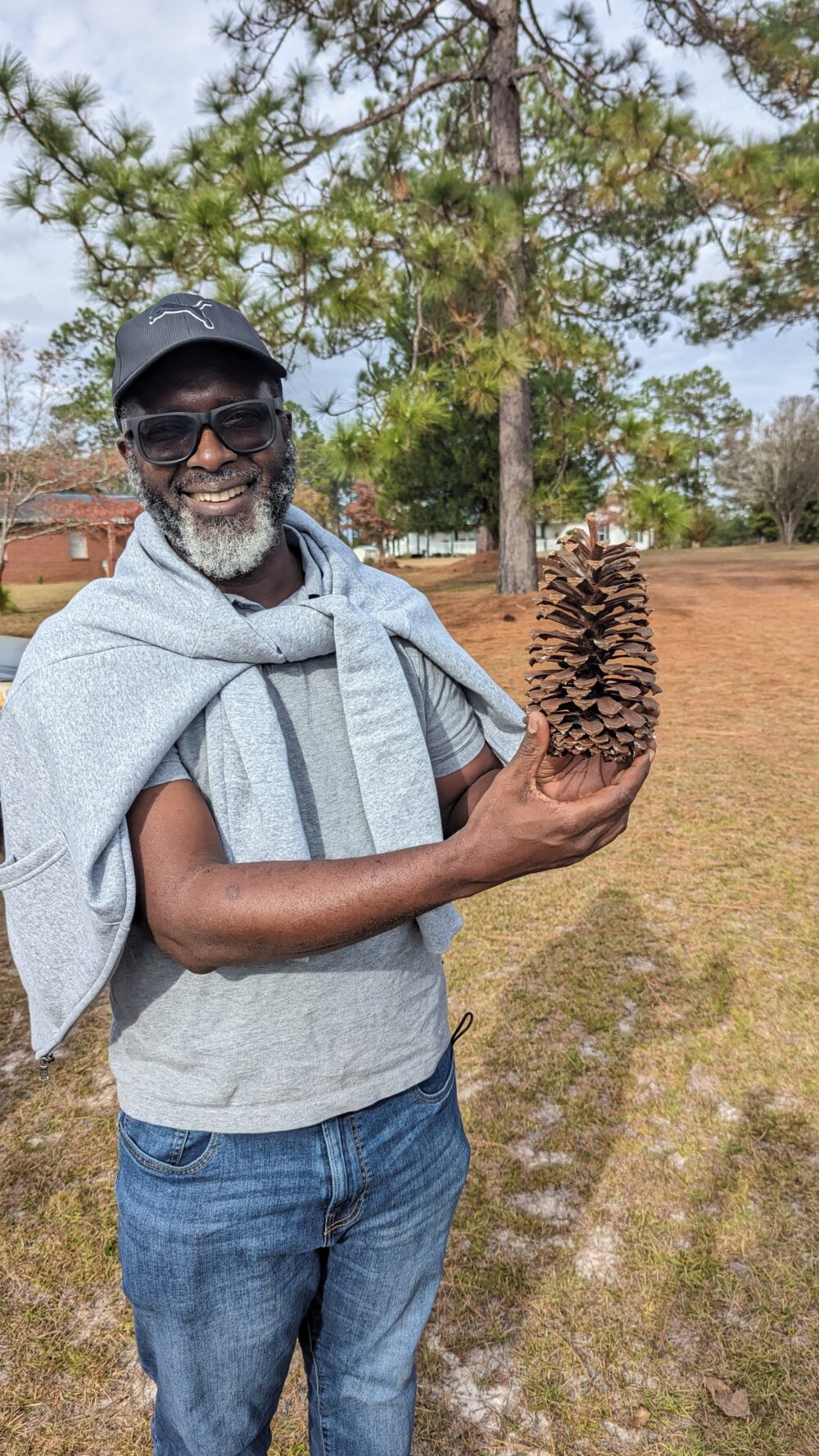We have much more to do and your continued support is needed now more than ever.
The Salad Bar is Open for Backyard Wildlife
Guest post by Amanda Frayer
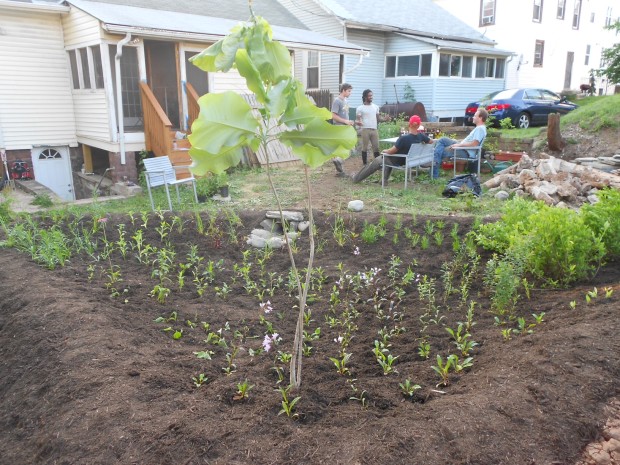
Going Native
Recently, I learned through the National Wildlife Federation that native oak trees feed 534 species of caterpillar, while the nonnative gingko growing in our street box only supports one. This is because the oak trees co-evolved with native insects to be eaten by those insects. After I learned this, I couldn’t wait to plant a native oak.
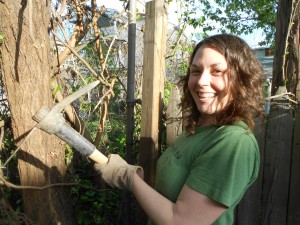 I’m not sure why anyone plants non-natives when there are so many well-adapted and gorgeous natives to choose from. Maybe gardeners don’t realize how resilient these plants are in the regions they live. The natives actually like our crummy soil conditions and don’t need as much watering once they’re established. But gardeners and landscapers often don’t know this. One landscaper told me that natives are too high maintenance. Compared to what? I wondered. Caring for lawn grass through summer—now that’s high maintenance!
I’m not sure why anyone plants non-natives when there are so many well-adapted and gorgeous natives to choose from. Maybe gardeners don’t realize how resilient these plants are in the regions they live. The natives actually like our crummy soil conditions and don’t need as much watering once they’re established. But gardeners and landscapers often don’t know this. One landscaper told me that natives are too high maintenance. Compared to what? I wondered. Caring for lawn grass through summer—now that’s high maintenance!
Conventional gardeners call what we’re doing a “native-themed” garden (as though something that took millions of years to evolve could be reduced to an aesthetic category). To us, letting nature have our yard back isn’t so much a theme, as a revival. It’s about restoring the circle of life, because we’re in it. We depend on it.
Planning for Long Term Hardiness
Trickier still, in planning our little ecosystem for the long-term, we have to consider climate change. Already, hardiness zones are shifting north due to warming temperatures. So we look for plants that tolerate a broad range of conditions—hoping they will make it through unpredictable weather. We also look for species that like the zone just south of here, since things are bound to heat up. D.C. is already half a mark warmer than surrounding areas because it’s urban.
Incorporating a Rain Garden
Through a city program, we had a couple of rain barrels installed. Then they hooked us up with a landscaping company called Bona Terra to work on a rain garden. The guy who came over wore a tattered straw hat, a Walt Whitman-style beard, skinny jeans and combat boots. Jeremy knew what each species of butterfly preferred to eat, he observed the preying mantises in our yard and had a degree in mycology (I didn’t even know there was a degree for studying fungi!).
So what’s a rain garden? Basically, it’s a depression in the ground that collects storm water like a sponge. Our gutters drain into a rain barrel. When the barrel is full, the overflow goes through a corrugated pipe underground and empties in the garden. The water-loving plants in the rain garden slow down the water and help filter pollutants. Less water in the city’s drainage system is also a win, because D.C. is prone to flooding and sewer overflows (gross!) during heavy rainstorms, which are becoming more frequent and severe due to climate change.
Learn more about creating a rain garden >>
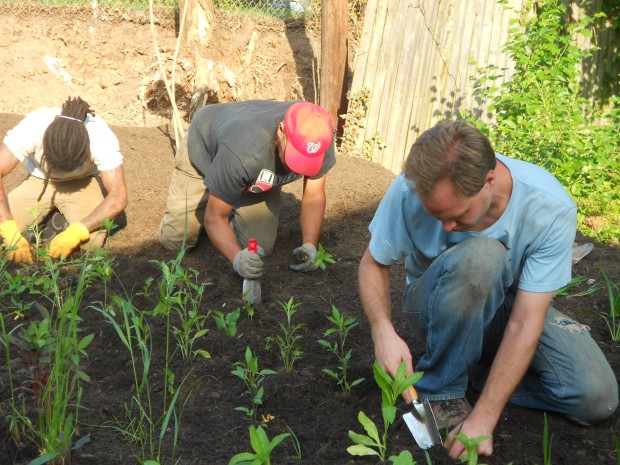
In early June, Jeremy the Landscaper hosted a training course in our backyard. Fortified with cookies and punch, a dozen eager volunteers installed a mega-sized rain garden for us. It was the largest rain garden Jeremy’s company had ever installed—over 200 native perennials and one Big Leaf Magnolia. The participants got a lot of practice digging heavy clay and we got free labor (We definitely came out ahead on that deal). My husband and I took the training too, so next spring we’ll be able to install a second rain garden ourselves.
In the meantime, we are working to make our yard a Certified Wildlife Habitat®. I signed up for the NWF newsletter and found a comprehensive database of natives, so I can zero in on the plants that enjoy our exact conditions. I’m also reading Wild Urban Plants of the Northeast by Peter Del Tredici to figure out what’s already growing in our yard and whether it should stay or go. All we need now is a birdbath, then we’ll stick the NWF yard sign out front to tell the critters: “The salad bar is open!”
Amanda Frayer is an artist and homeowner in Washington DC, who would like to turn her yard around — from invasive weeds to wildlife habitat. She’s not entirely comfortable with a mattock, but has started to dabble in native gardening after participating in the District of Columbia Department of the Environment (DDOE) River Smart Homes program. Most of the time, you can find her scratching poison ivy rashes or reading a book about worms.












